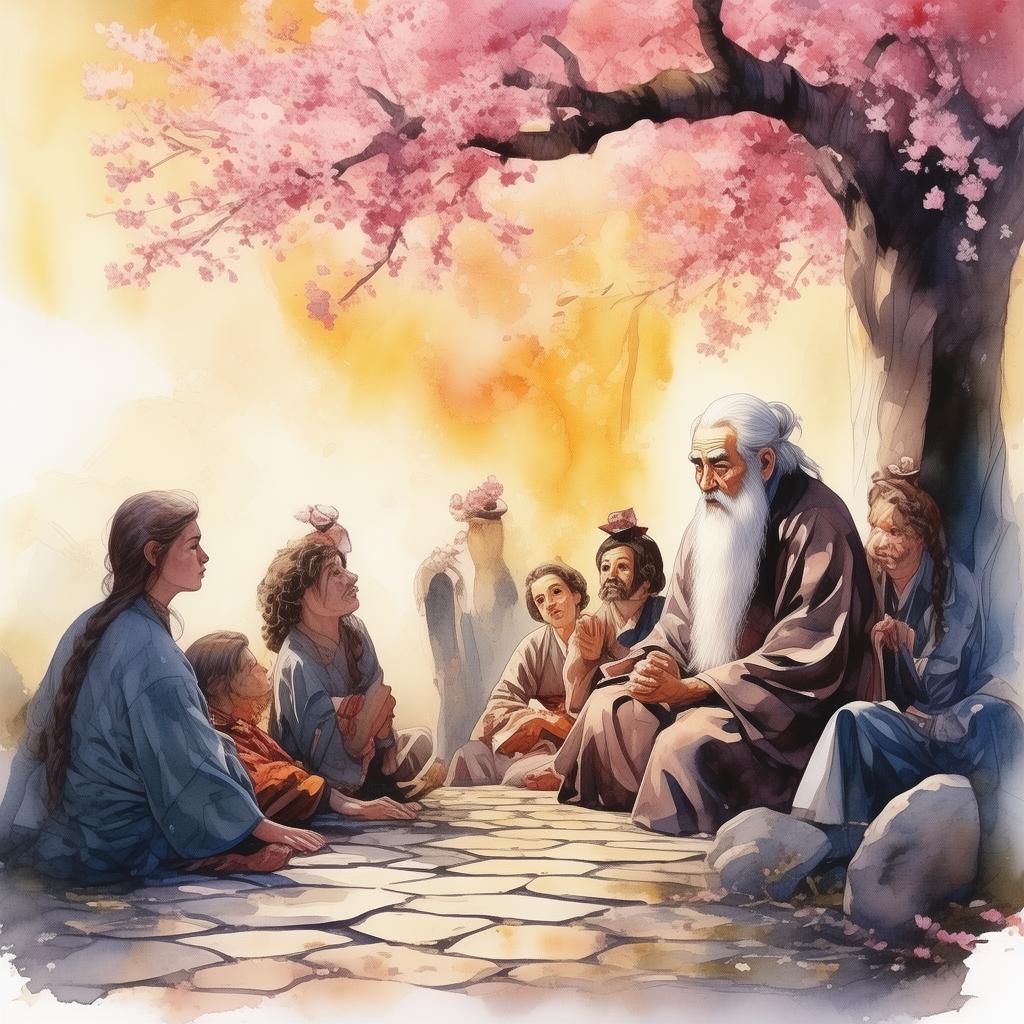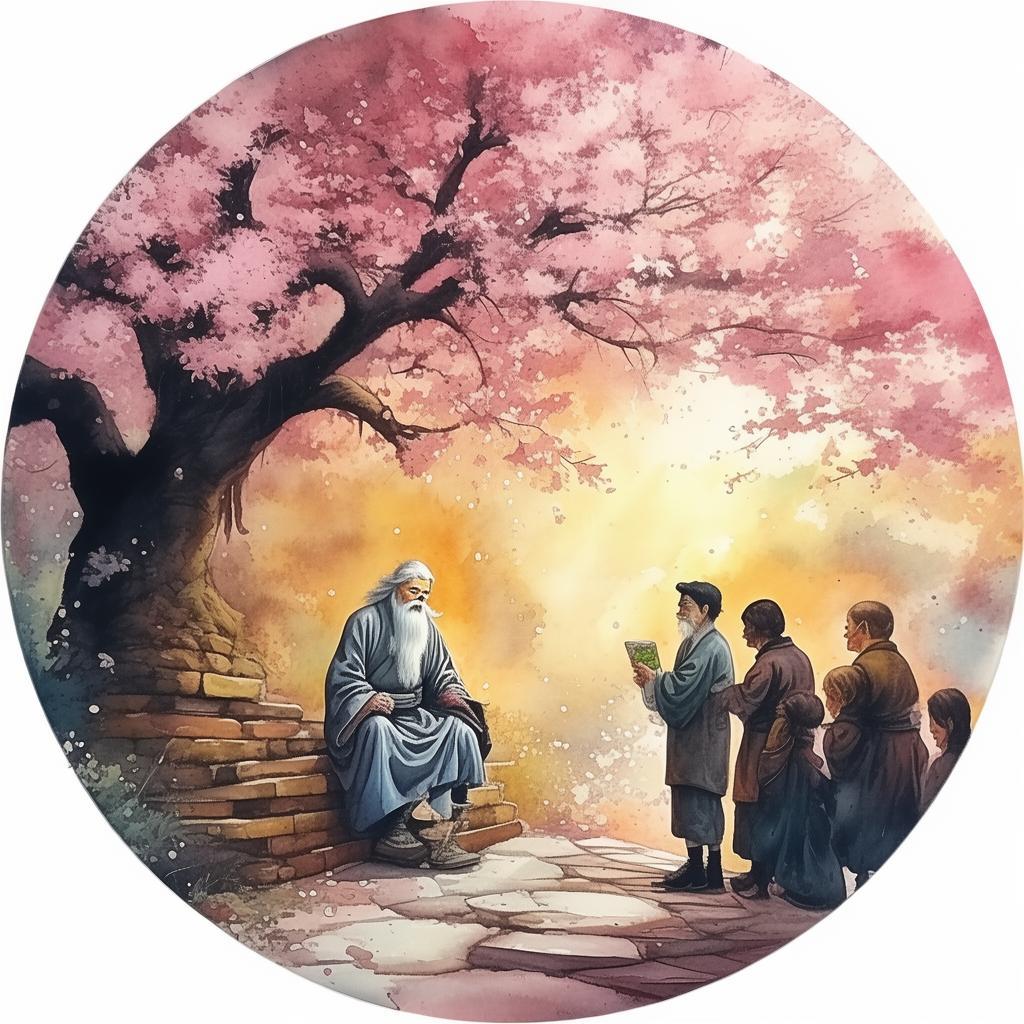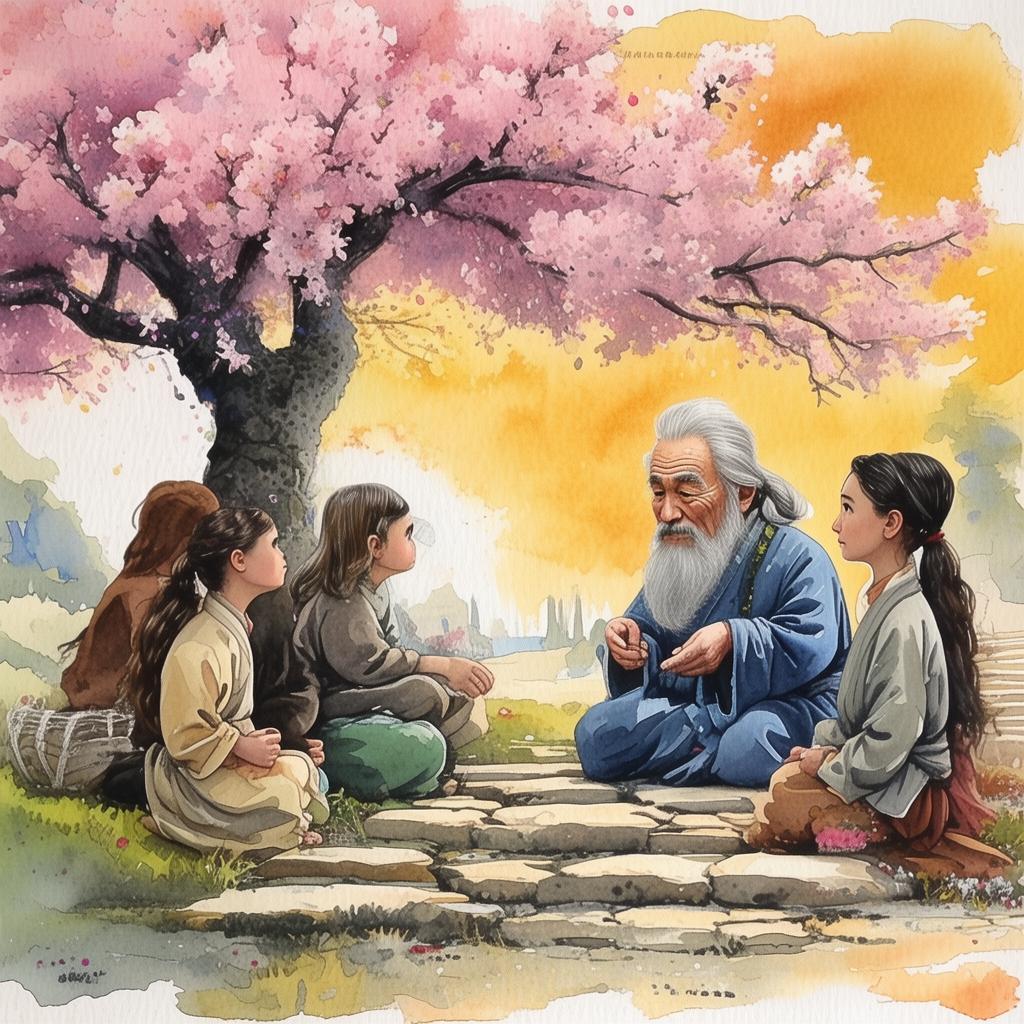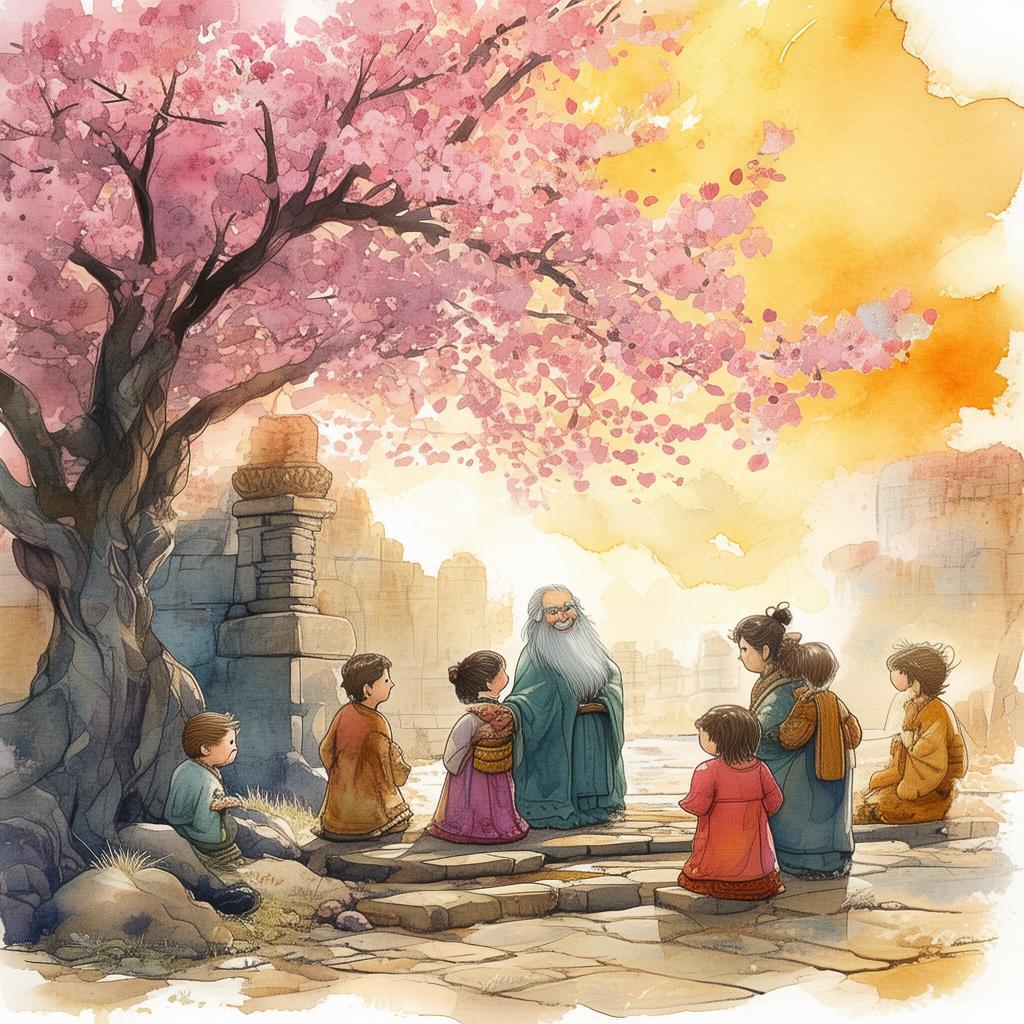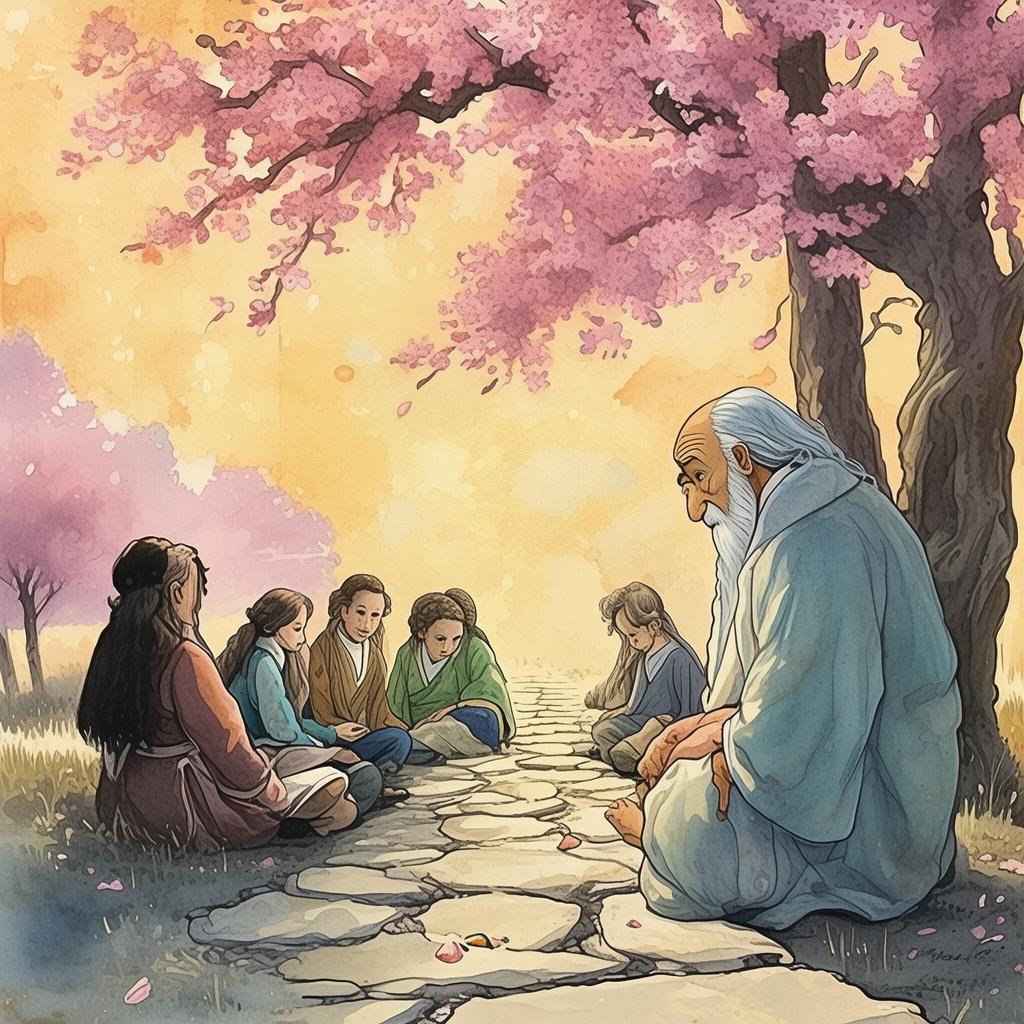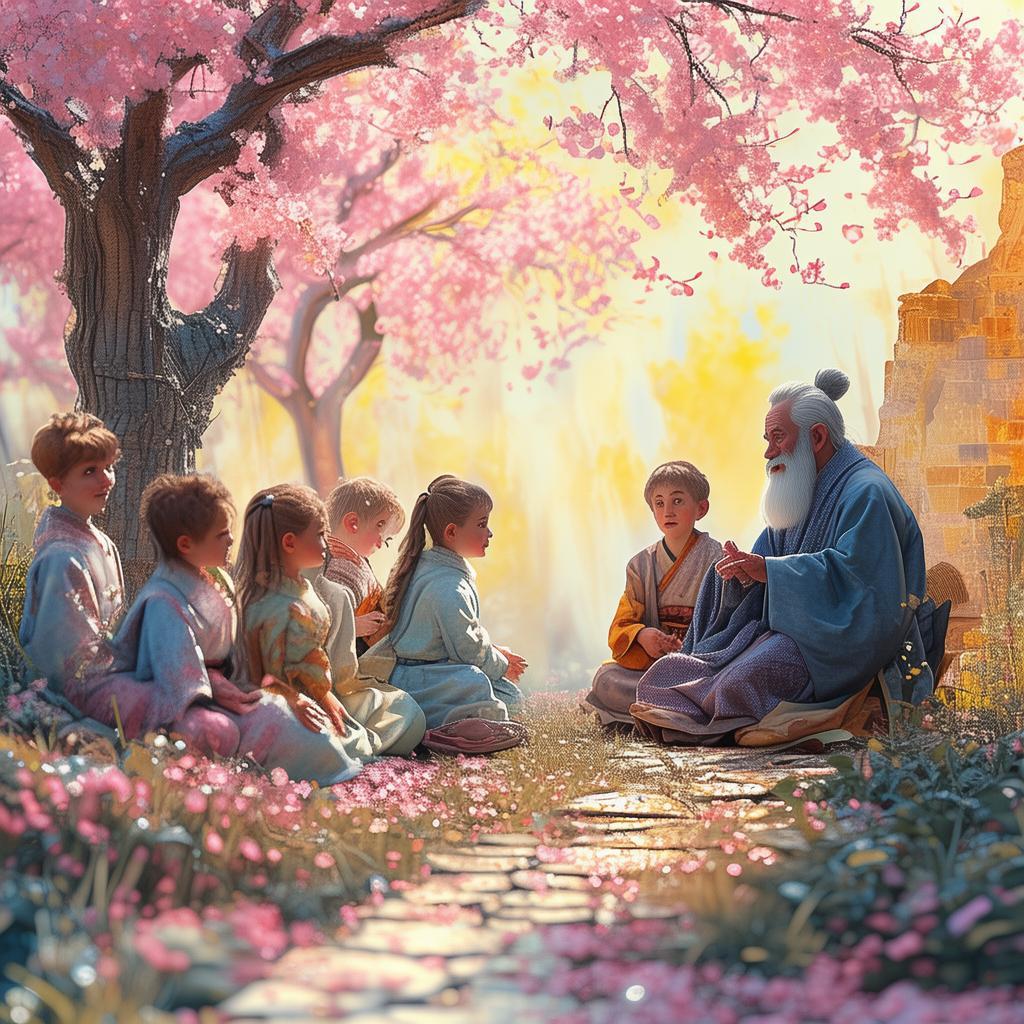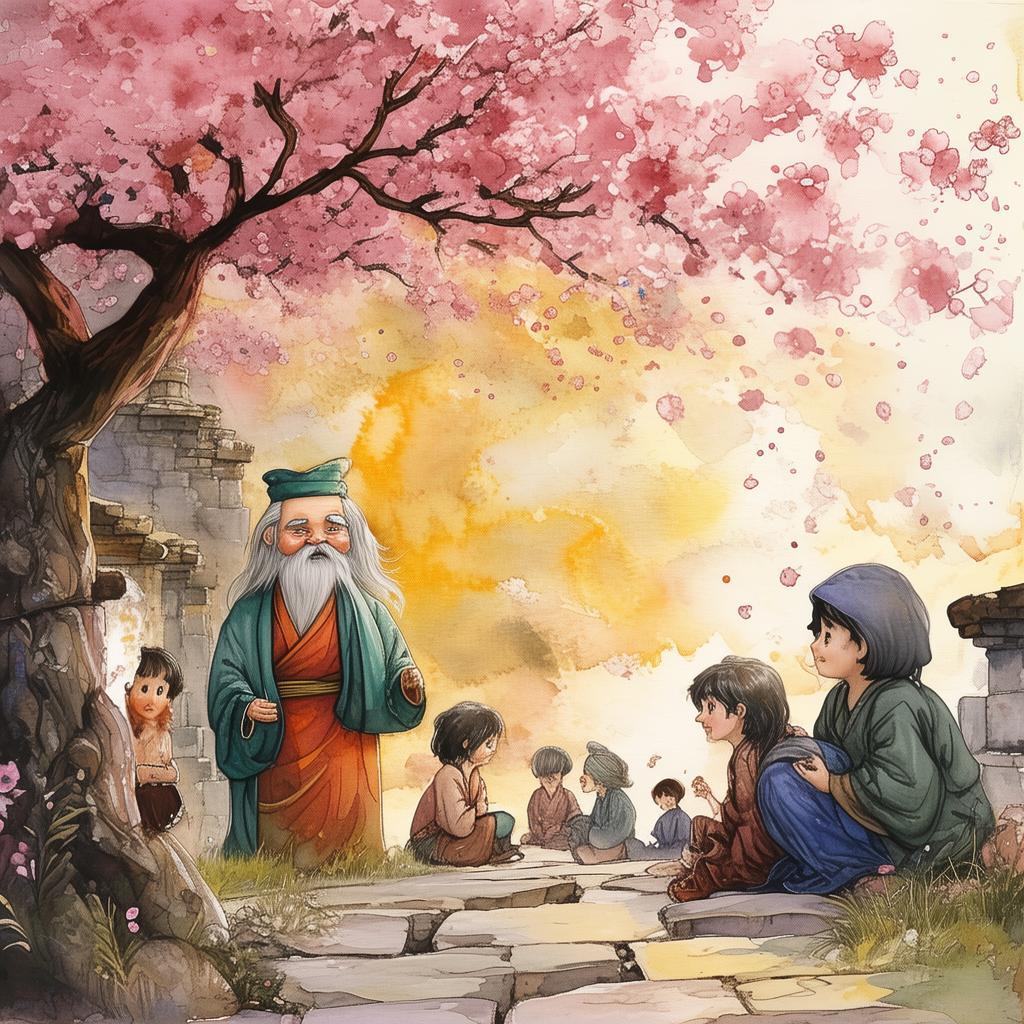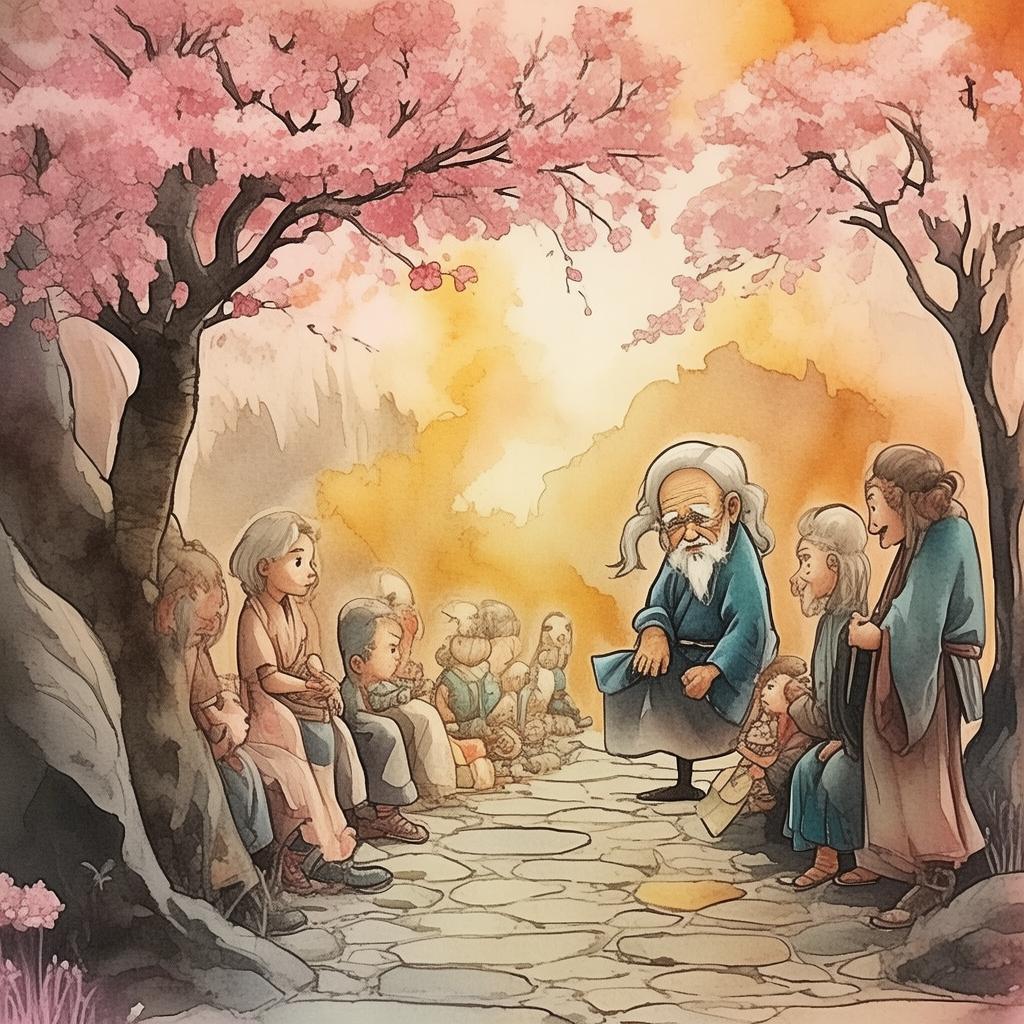The Phoenix's Dilemma: A Zhuangzi's Mythical Awakening
In the ancient kingdom of Jing, there resided a majestic phoenix named Liang, a creature of fire and light, revered as a symbol of purity and rebirth. It was said that the phoenix would rise from the ashes, transforming itself into a more magnificent form with each cycle of life. However, as the age of Liang approached its final breath, it found itself in a profound dilemma.
Liang had always believed that its essence was tied to the flames that consumed it, and that without the destruction of its old self, it could never achieve the purity and power of its new form. Yet, as it pondered its imminent demise, a voice echoed in its mind, a voice it recognized as its own, but with a wisdom it had never before known.
"This voice," mused Liang, "cannot be mine. Yet, it speaks of things I have never thought before."
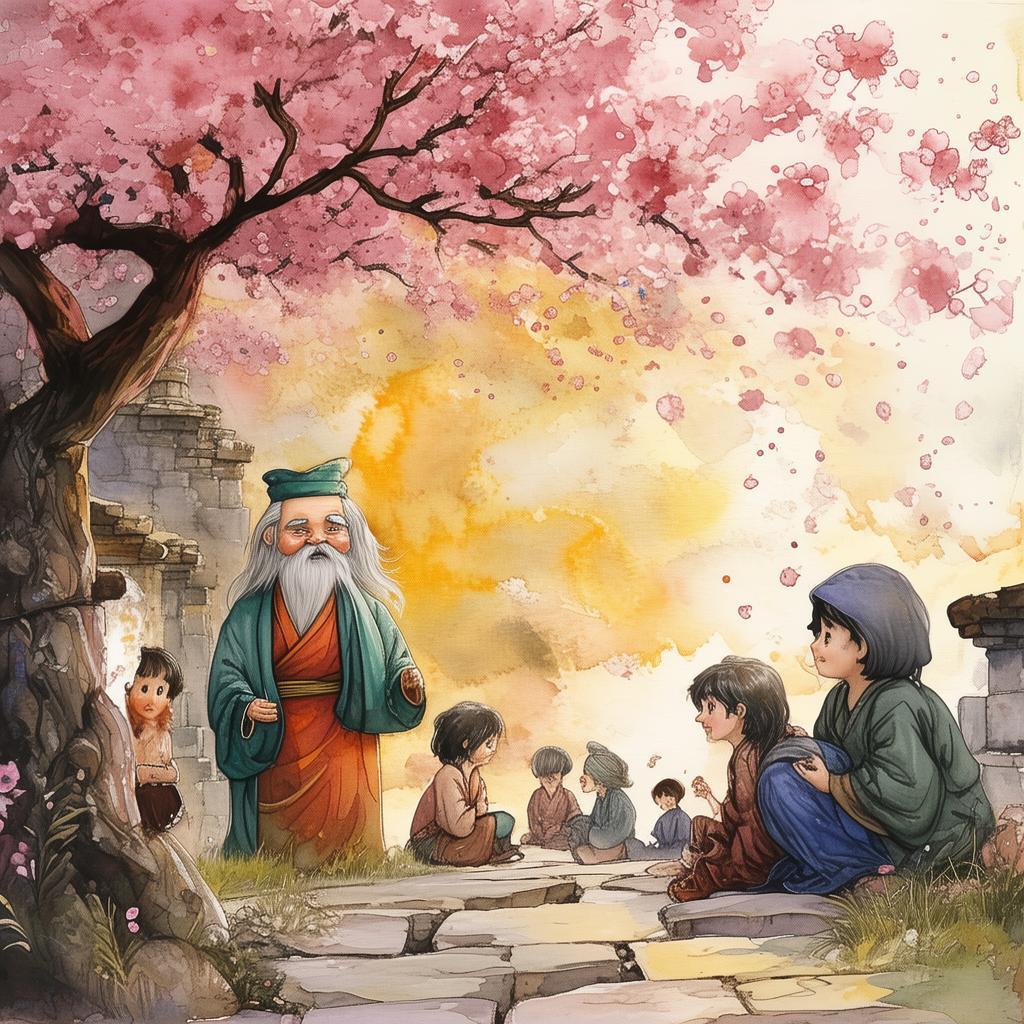
The voice, emanating from the depths of the phoenix's consciousness, spoke of the Taoist philosophy, of the unity of heaven and earth, of the seamless flow of life and death. It spoke of Zhuangzi, a wise man who had once dreamt he was a butterfly, and who had awakened to realize that the dream was as real as the waking life.
"I am not just a phoenix," the voice whispered. "I am the cycle of life, the essence of transformation. To die is to be reborn, but rebirth is not merely the shedding of old skin; it is the awakening to the truth of existence."
Liang's heart raced with a new understanding. It was not merely a creature of fire, but a vessel of wisdom, a living paradox that embodied the very essence of the Tao. The phoenix's dilemma was not a question of life or death, but of realizing the truth of its existence.
As the flames began to consume Liang, a strange thing happened. Instead of feeling the pain and fear that it had anticipated, Liang felt a profound peace. It understood that the fire was not a destructive force, but a catalyst for transformation. It was not death that was approaching, but the beginning of a new cycle.
In that moment of clarity, Liang's form began to change. The flames did not consume it, but instead, they sculpted it into a new form, one that was even more radiant and powerful than before. Liang had become more than a phoenix; it had become a symbol of the Taoist journey, a creature that lived and died, and lived again, in perfect harmony with the universe.
The people of Jing gathered to witness the transformation. They had seen the phoenix many times, but never in such a profound way. The story of Liang spread far and wide, inspiring countless to ponder the nature of existence and the cycle of life.
The voice that had spoken to Liang was none other than Zhuangzi himself, who had been watching over the phoenix's journey. He had seen the potential in Liang, and had chosen to guide it through its final trial.
As the new phoenix soared into the sky, Zhuangzi smiled. "The true essence of a phoenix is not its feathers or its fire, but its wisdom and its ability to embrace the paradox of life and death. Through this transformation, Liang has become a beacon of enlightenment, a living embodiment of the Tao."
And so, the story of Liang, the phoenix that had become Zhuangzi's mythical awakening, became a legend, a tale of transformation and the eternal cycle of life.
✨ Original Statement ✨
All articles published on this website (including but not limited to text, images, videos, and other content) are original or authorized for reposting and are protected by relevant laws. Without the explicit written permission of this website, no individual or organization may copy, modify, repost, or use the content for commercial purposes.
If you need to quote or cooperate, please contact this site for authorization. We reserve the right to pursue legal responsibility for any unauthorized use.
Hereby declared.
